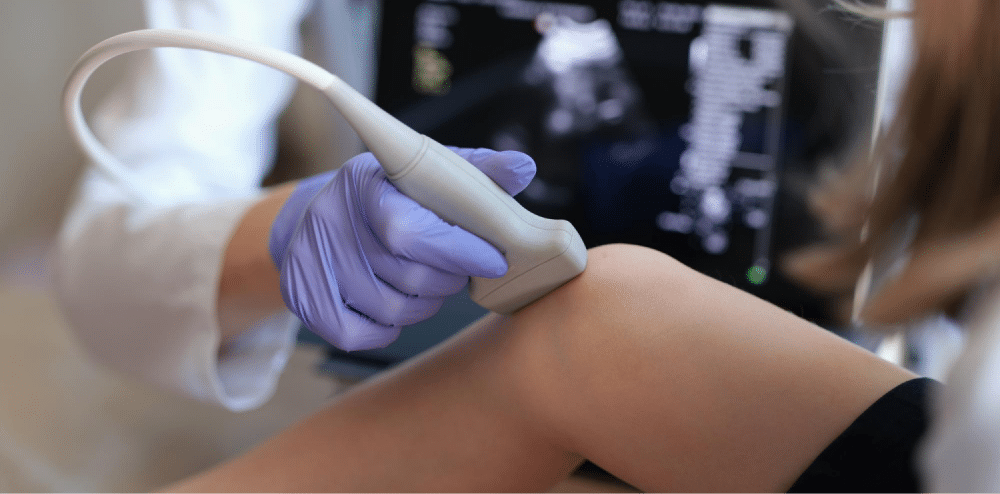
Advancements in medical technology have transformed the landscape of precision and safety in clinical procedures. Among these innovations, ultrasound-guided injections have emerged as a cornerstone, offering unparalleled accuracy in targeting specific anatomical structures. This technique not only enhances procedural efficacy but also minimizes the risk of complications, making it invaluable across various medical disciplines.
Ultrasound-guided injections involve real-time imaging to navigate needles or catheters precisely into targeted tissues or structures within the body. Initially developed for diagnostic imaging, ultrasound has seamlessly integrated into therapeutic procedures, revolutionizing medical interventions by ensuring precise needle placement and improving patient outcomes.
Ultrasound-guided injections are pivotal across diverse medical specialties:
Successful implementation of ultrasound-guided injections requires:
Ultrasound-guided injections represent a pivotal advancement in medical practice, offering precise, safe, and effective treatment options across a spectrum of medical conditions. As healthcare providers embrace this technology, it not only elevates procedural standards but also enhances patient care and outcomes.
With ongoing advancements and expanding applications, ultrasound-guided injections continue to redefine therapeutic possibilities, promising a future where precision and patient comfort converge seamlessly in clinical practice.
Join our newsletter to receive latest news and offers

Medicle MD Ltd
Reg. Number: 14317237
Address: 27 Old Gloucester Street,
WC1N 3AX London,
United Kingdom